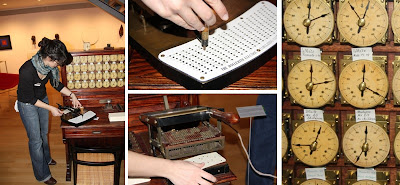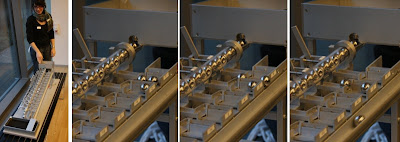At the moment there is an interesting discussion in Germany: should the state buy data (leaked out of a Swiss bank) that give details on people who have not paid their taxes in Germany. I will not add to the political discussion on that as there have been many arguments – some interesting and others funny. I am only amused about a small party that is very much against it. But one has to be fair – this is after all an indicator that democracy works 😉 parties represent the interests of their voters…
 I think on a more general scale this incident and similar current cases could be an indicator of a future where everything that is on (electronic) file is likely to become public, given that there is an interest. One hundred years ago it was pretty difficult to steal or copy a few thousand data sets. You would have needed access to the archives for many nights and copying would have taken days. 30 years ago it would have been still hard – e.g. copying stacks of paper on a Xerox or using several large magnetic disks. Over recent years it has become much easier – a memory card is fairly small and a digital camera to copy documents is in many current mobile phones. It seems that if someone has rightful access to data (at a certain point in time) it may proof very hard to keep them from making a copy – may it be by copying the data digitally or by capturing electronically what they see. And hiding a SD-card is much more trivial than a car load of paper.
I think on a more general scale this incident and similar current cases could be an indicator of a future where everything that is on (electronic) file is likely to become public, given that there is an interest. One hundred years ago it was pretty difficult to steal or copy a few thousand data sets. You would have needed access to the archives for many nights and copying would have taken days. 30 years ago it would have been still hard – e.g. copying stacks of paper on a Xerox or using several large magnetic disks. Over recent years it has become much easier – a memory card is fairly small and a digital camera to copy documents is in many current mobile phones. It seems that if someone has rightful access to data (at a certain point in time) it may proof very hard to keep them from making a copy – may it be by copying the data digitally or by capturing electronically what they see. And hiding a SD-card is much more trivial than a car load of paper.
And as we know technology is progressing – perhaps we will get laws that restrict how small the physical size of a memory device can be 😉 And there is always a party who will lobby for it…
















